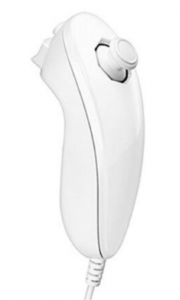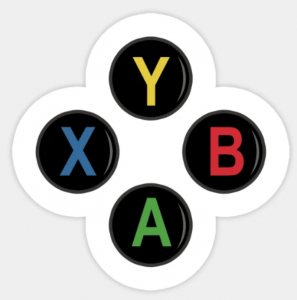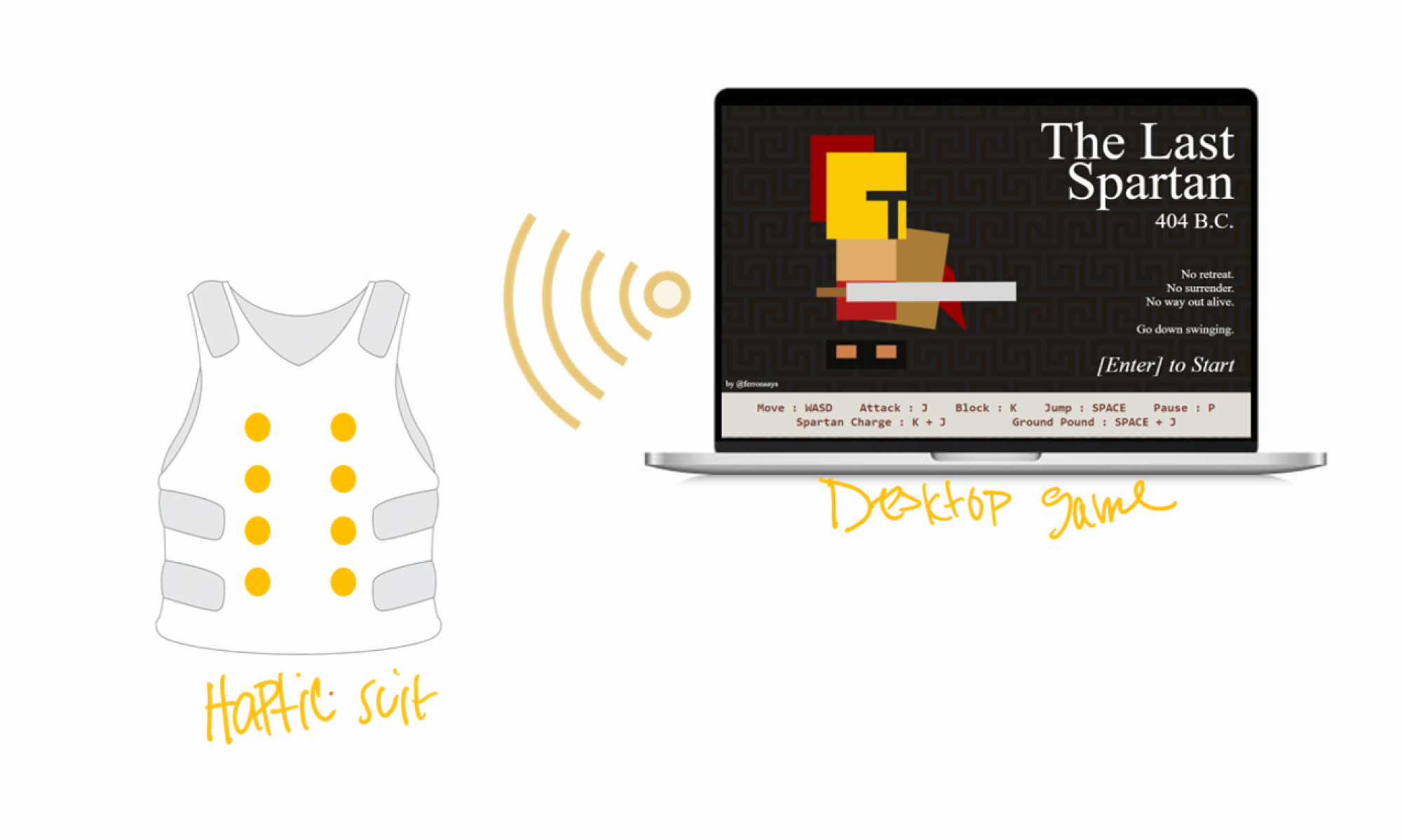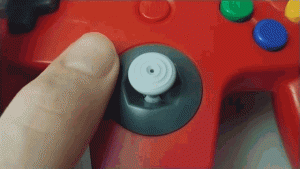The most significant risk that could jeopardize the success of the project is not receiving our parts in time, which would push our planned schedule back. We also have to consider researching the best motors for our chosen haptic feedback points before ordering (this is going directly out of our budget so we don’t want to spend excessively on motors we won’t end up using). However, we have to consider that ordering one type of motor at a time would delay our project if it turns out that the chosen motor type does not meet our requirements. To mitigate this risk, we have our own personal motors/Arduinos that we will be using for testing while we wait for our parts.
On Sunday, we had an additional meeting with Mimi Sung, the president of CMU Esports (student-run gaming organization). She brought up a valid point that even if we provide excellent haptic feedback, the fact that the gamer is still confined to a keyboard may diminish the full feedback experience. This inspired us to consider adding a physical input device so that the user can control their in-game actions without the use of a keyboard.
This physical input device we first thought to build is a wireless joystick modeled after the nunchuck controller joystick (as shown in Figure 1 and 2). The joystick in the player’s left hand will control the movement of the player, while the joystick in the player’s right hand will include buttons (as shown in Figure 3) that can control the player’s actions (i.e. forceful jump, attacking an enemy, diminishing health and getting hit).


Another avenue we could take to achieve a keyboard-free experience could be taking a regular wireless Xbox controller and configuring it to the monitor the game is being played in (as shown in Figure 4). We would have to find a way to configure the X-Y-A-B keys on the controller to W-A-S-D keys on the keyboard, and get that information to the game itself. It’s a possible avenue, but definitely needs more research before we decide to go with it or build our own nunchuck controller.

In consideration of our meeting with Mimi, we changed our project proposal and gantt chart to reflect creating the keyboard-free experience. We allotted time to research, develop, and test this system.
Our project includes considerations for the welfare, safety and economic capability of our intended user. A driving force of our project is to make our haptic suit cheaper than the industry standard which runs around $500-$3000, our solution will run for less than $200. We also aim to design our system around all sizes, in order to promote body inclusivity and comfortability from wearing our vest.

